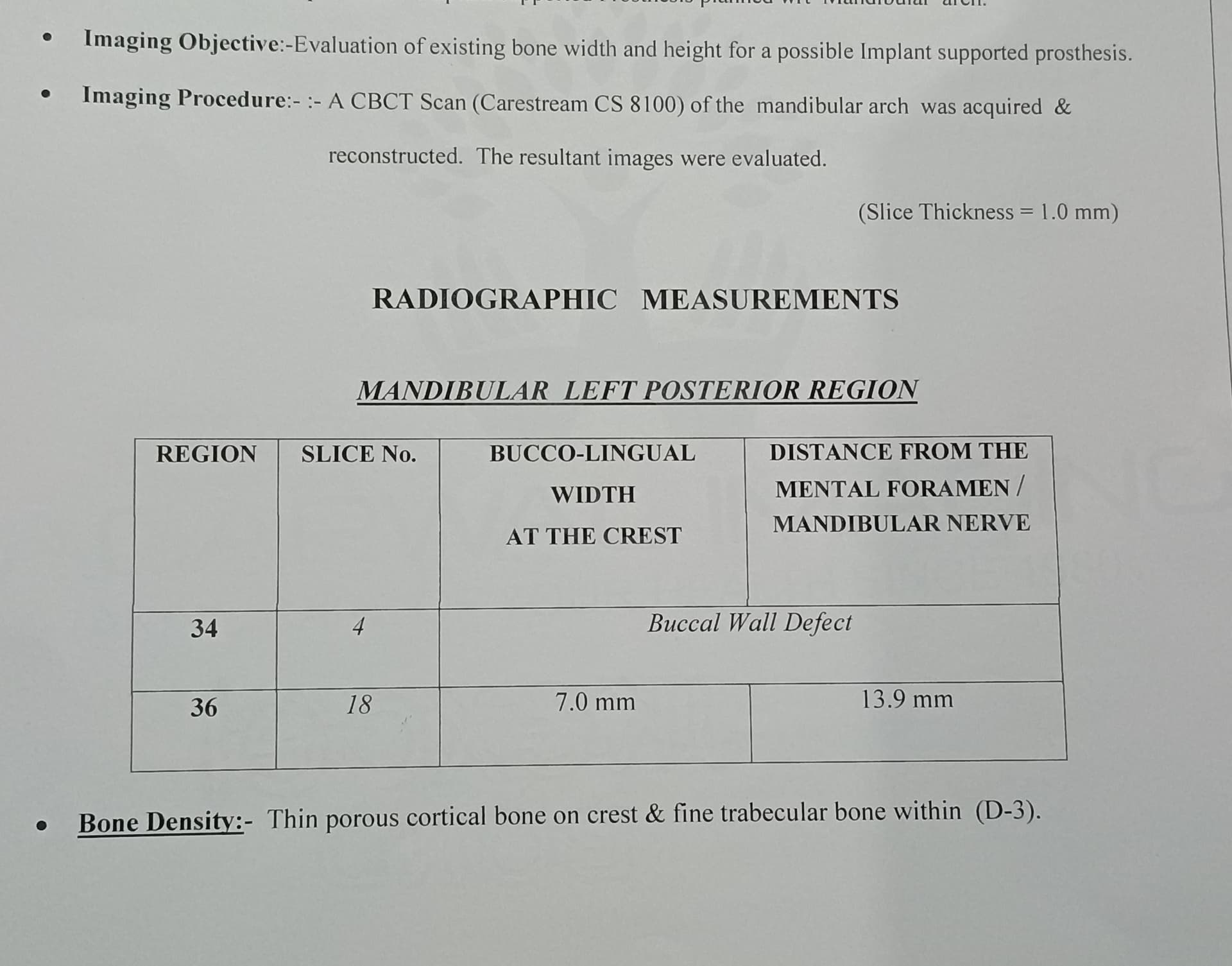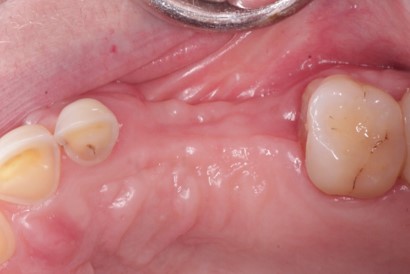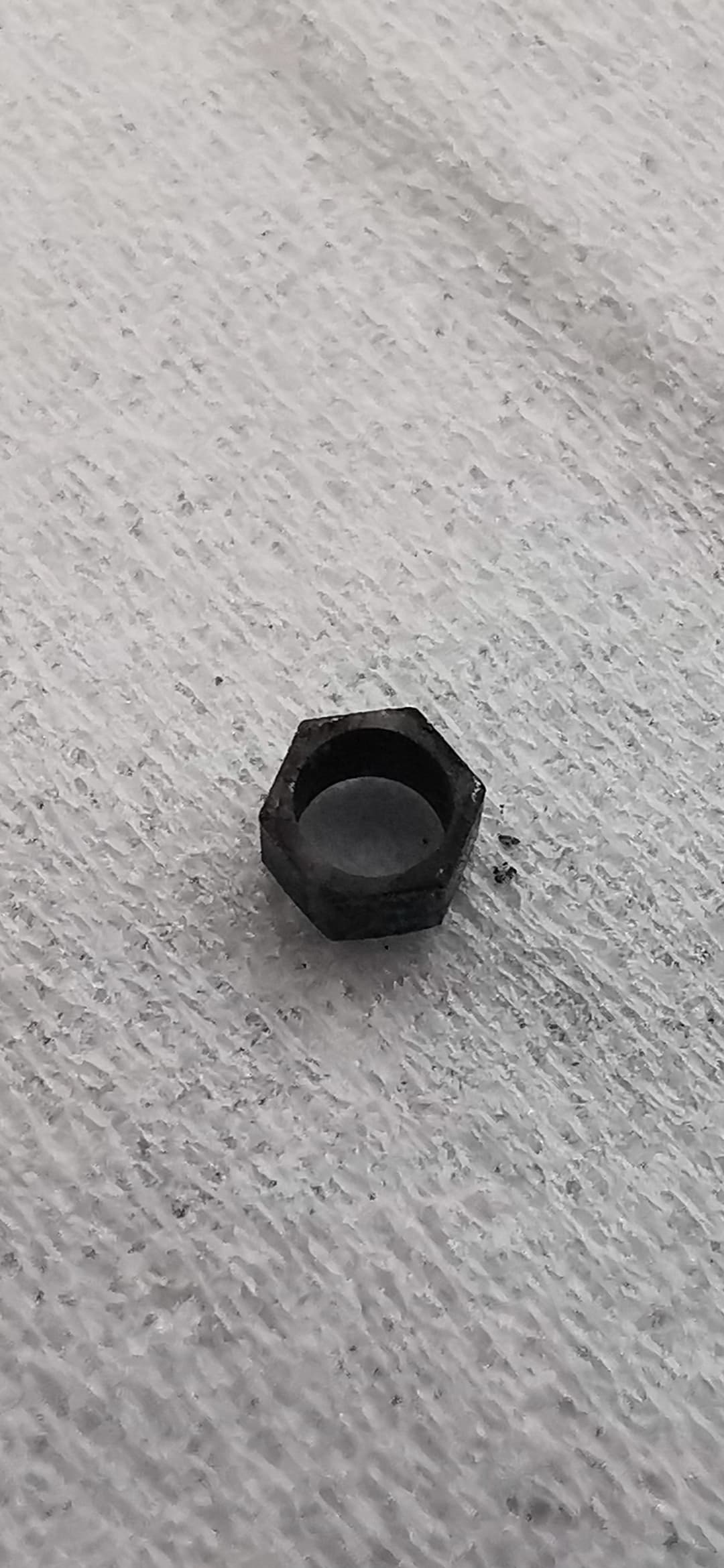Cone Beam vs. Traditional CT Scans
Osseonews.com is committed to presenting information to keep our readers at the cutting edge in implant dentistry. We are presenting information in this interview on Cone Beam Volumetric Tomography and its use in implant dentistry. Dr. Alan Winter, a Diplomate of the American Board of Periodontology, who lectures internationally on this topic, has taken time out of his busy schedule to discuss this important issue with us. He is one of the chief dental consultants at APW Dental and Imaging Services, LLC, which is the leader in this field (www.apwdentalservices.com).
Osseonews: Dr. Winter, dentists have been using medical Computed Tomography (CT) scans to develop treatment plans for implant placement and restoration. Your company exclusively uses Cone Beam Volumetric Tomography (CBVT), which is a relatively new technology when compared to traditional medical scanners. How does it differ from the typical CT scanner used in medical radiologist’s offices?
Dr. Winter: There are three great advantages to using our system. First of all, the typical medical CT scanner requires a separate scan of the maxilla and of the mandible. Each of those scans subjects the patient to 200-300 times the radiation required for a panoramic radiography. When both jaws need to be scanned, the patient is collectively receiving 400-600 times the radiation dose for a panoramic radiograph. CBVT scanners can take the mandible and maxilla at the same time, thereby only exposing the patient one time for both jaws.
There is an accepted principle in medicine and dentistry that dictates that healthcare professionals – and that includes dentists – should use the least amount of radiation that will produce the information needed to diagnose and treat the patient . There is no need for a patient to receive that excessive amount of radiation necessary by a medical scanner.
CBVT scanners utilize a narrow, columninated cone beam of radiation that scans both the maxilla and mandible at one time. This requires only 2-8 times the amount of radiation used in a panoramic radiograph. The CBVT is a far safer system for achieving the digital radiographic imaging required for dental implant treatment planning. In terms of risks and benefits, the CBVT is the better choice.
Another great advantage to CBVT is the increased accuracy. Our digital imaging is far more accurate that the digital imaging produced by conventional medical CT units.
Osseonews: If that’s the case, how much more accurate is your CBVT?
Dr. Winter: Our CBVT is accurate to one-tenth of a millimeter (0.1 mm) while medical CT scanners are off by 0.5mm or more. When you treatment plan for dental implant placement, you can measure the distance to an anatomic structure (like the mandibular nerve) or thickness of cortical bone to one-tenth of a millimeter. This gives you unparalleled accuracy. You can treatment plan with great precision in complete confidence.
Osseonews: Can you explain why your system is so much more accurate?
Dr. Winter: First of all, let us talk about voxels, which are cubes of digital radiological information. Any kind of tomography generates voxels that are reassembled into an image. With CBVT, there are virtually no gaps between the voxels; they touch each other. This means when the voxels are reassembled to form a digital image, the image is extremely accurate since there are no gaps of missing information. Contrast this to the spaces between each slice of the X-ray beam of a medical scanner. When these images are reassembled, there are significant gaps between the slices that result in a loss of accuracy which is not directly observed because the algorithms compensate for this built-in error. The images look okay, but they are not as accurate as any from a CBVT scanner.
Another difference is in scatter. When the scanning beam strikes metal objects like amalgam restorations, posts, or metal crowns, the beam is scattered in a white, starry effect. This kind of scatter is minimized in our system.
Osseonews: Is head posture as significant for CBVT scanners as it is for medical CT machines?
Dr. Winter: With the CBVT, head posture is not nearly as important because as the name implies, CBVT captures the complete volume of information in its field. When the scans are constructed from this data, the patient’s orientation has no bearing on the final image, while the accuracy remains the same. This is in contrast with a medical CT scanner where the patient must lie down on his/her back and the jaw must be positioned directly parallel to the direction of the X-ray beam. If there is a slight deviation from this, error will occur, so the role of the technician in a medical scanner is paramount to the quality of the images.
Osseonews: And the third advantage of your system?
Dr. Winter: Every CBVT is transmitted to our company headquarters in New York City over a secured, HTTPS server, where it is reconstructed and read by two dentists. I think it’s important to emphasize that our dental technicians understand why these scans are being taken, and the dentists reviewing the scans know what the referring dentists require. To this end, we evaluate the quality of the digital imaging and its accuracy and when applicable, paint in the mandibular nerve and give guide measurements. We also examine the study for pathological anomalies. When we find one, we contact the referring dentist. We examine the entire scan, not just the area of interest. We have a very rigorous quality control protocol.
Osseonews: Can you provide some examples of these incidental pathologic anomalies that you find from time to time?
Dr. Winter: First of all, let’s put some numbers on the table here. We find incidental pathoses in almost 85% of the CBVT studies that come through our headquarters. We have found a number of malignant neoplasms and scores of benign tumors, oral-antral communications, advanced periodontal disease, blocked carotid arteries, chronic apical pathoses, infected sinuses, and on and on. Just so you understand what I am saying here, we find evidence of some disease or frank expression of disease in 85% of the CBVT’s that we receive which, in nearly all the cases, is NOT why the patient was referred to APW.
Osseonews: That is a very high percentage of the patient population being scanned. What exactly is your protocol for contacting the referring dentist?
Dr. Winter: In addition to the CBVT patient study, we provide a written report describing these findings to the referring dentist. In those cases where we detect evidence of disease (other than routine dental findings) that requires further scrutiny, we ask the referring dentist if they would like us to forward the CBVT study to a board-certified dental radiologist to provide an analysis of the imaging data. This system has worked very well for both the patients and dentists who refer to our centers. We call these findings ‘incidentalomas.’
Osseonews: Are you analyzing this data in a quantitative format?
Dr. Winter: Yes, we actually have four studies going on at this time dealing with these ‘incidentalomas’ and other significant anatomical structures critical to dental surgeons. For example, we are studying the length of the anterior loop of the mental foramen nerve. We have found that in some cases it may extend over twenty millimeters and more. We are also studying the incidence and exact locations of bifurcated inferior alveolar nerves. We have other projects ongoing that will be of great value, especially in regard to the surgical placement of dental implants, such as where in the lingual artery inserts into the mandible.
Osseonews: What formats do APW transmit the digital dental scans to the referring dentists so they can treatment plan for implant placement and restorations?
Dr. Winter: All CBVT scanners produce studies in their own proprietary software. This is true for the NewTom 3G, the i-CAT, the MercuRay and so forth. Each of the company’s programs have limitations when it comes to 3-D analysis, which is why we became the first CBVT site in the US (four years ago) that is also a SimPlant Master site. In this way, we can process all scans, regardless of what scanner they are taken on – and this includes medical scanners – into SimPlant. Or, we can convert all studies into the universal medical radiological language of DICOM, so that our studies are suitable for the newer diagnostic software including NobelGuide, VIP from Implant Logic Systems, and Dolphin and 3dMD studies for orthodontists, plus any other 3-D software program that has yet to come into the marketplace.
Osseonews: You have APW Dental Imaging sites in New York, New Jersey and Florida. Do you have plans for others?
Dr. Winter: Yes. We continue to expand with carefully chosen partners and will soon have sites in other states.
Osseonews: What is the fee for a CBVT scan?
Dr. Winter: The typical fee is $350 – $425. That includes both maxilla and mandible when we are able to deliver the scans in proprietary software on a CD or via our HIPPA-compliant secured Internet server. We can also provide studies on glossy prints or film, but there is a slightly higher fee when both jaws are delivered on hard copy. If the patient needs a follow-up scan for any reason, we only charge $125. We do not want cost to be a prohibitive barrier to good patient care.
Osseonews: What do you see for the future for CBVT’s?
Dr. Winter: Right now, dental CT scans are the standard of excellence. There is little doubt by all experts involved in dental radiography, dental implant placement, and legal matters, that CT scans will, one day, become the standard of care in dentistry. You not only see critical anatomic structures obscured or unavailable through conventional 2-D dental radiography – dental periapical radiographs and panoramic studies – but you see them with great clarity and unparalleled accuracy. Due to the advent of dental CBVT technologies, and with convenience of having scans produced by radiological labs run by dentists, the bar has been raised in the field of dental implantology. This is one of those times when dentistry is going to have to take one giant step forward and embrace a new technology that may intimidate those unfamiliar with it or haven’t tried enough to appreciate its benefits. It may mean more training and more education, but the rewards are incalculable.
Osseonews: Can you tell our readers about your upcoming conference?
Dr. Winter: On January 19, 2007, APW and Ossteohealth are hosting a unique full day symposium on the current state of 3-dimensional dental imaging, in New York City. This program is a showcase for some of the top speakers in the world on this subject. Participants will be informed about the ramifications of interpreting the entire field on a dental CT scan, even though the reason the scan was taken was for a single implant. Our speakers will address the nuances of how to read a CT scan, the legality of not taking a scan for implant placement or when impacted teeth need to be removed, what is the current thinking about surgical guides, orthodontic implants, and how CT scans enhance orthodontic treatment planning and growth forecasting. Representative vendors have been invited to exhibit at this program that are at the forefront of fabricating surgical guides, who produce 3-D diagnostic software for dental surgeons and orthodontists, as well as two scanning manufacturers. This sort of program has never been assembled before and we are quite proud to bring it to our dental colleagues.
Interview conducted by
Gary J. Kaplowitz, DDS, MA, M Ed, ABGD
Editor, Osseonews.com


















